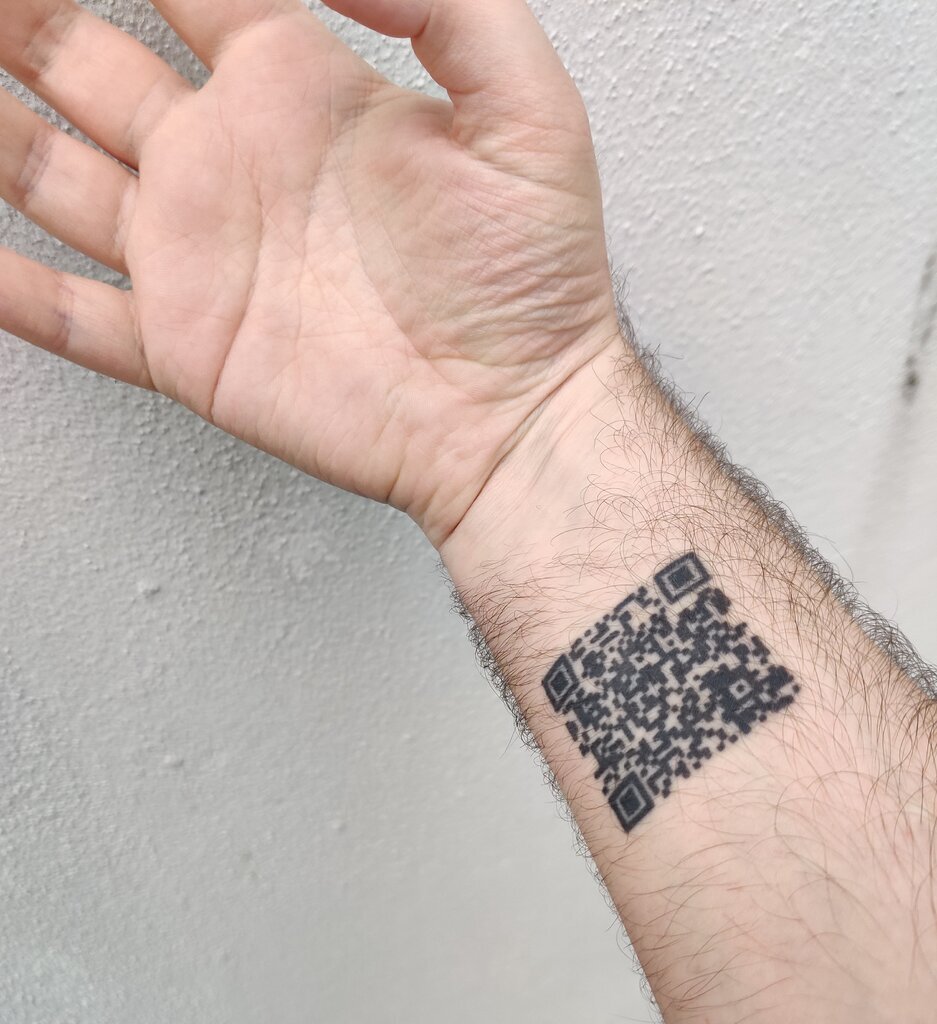A bit of quick research into how QR codes are being used today really does turn up a wide variety of applications that underline the flexibility of the technology. We have often described the QR code as the link between the physical and the digital world – a static shop window display can be turned into a 24-hour sales operation simply by adding QR codes to the goods on show. Indeed, one company in Sweden has created specialist show window displays using QR codes.
In Turkey though, QR might stand for Quiet Reflection, as one firm seeks to connect the digital world with the spiritual one, and specialises in placing QR codes on tombstones enabling visitors to scan the codes to watch videos of their loved ones or hear special prayers.
Or how about the Quirky Request that one couple in India sent out ahead of their wedding. With social distancing likely to limit the normal traditions associated with gift giving in the country, each invite included a QR code so that guests could make contactless online donations in advance to the happy couple’s fund.
But if you want permanent proof of how adaptable QR code technology is, then look no further than Roy Healy. Back in 2019, Roy spent two hours in a tattoo parlour having a QR code inked into his forearm. The code initially pointed to Roy’s website, but he can change what happens whenever someone scans the code as often as he likes – sometimes it goes to his blog, sometimes to a fun website, or sometimes to LinkedIn and to what I guess we should call his Inked In profile.
As we have written before, the global pandemic and its associated surge in demand for contact-free interaction has fuelled a renaissance in the use of QR codes that few would have predicted this time last year. But there were signs emerging before, that the technology was ‘bouncing back’. Changes to smartphone camera technology that meant the phones no longer needed dedicated QR code apps really heralded the revival.
And now adoption of the technology is ubiquitous. QR codes are used to check-in to venues and check-out at the till or online. They can be used to meet the Strong Customer Authentication (SCA) rules that the EU has applied to online transactions under PSD2 legislation. This legislation applies to UK businesses even after Brexit and the clock is ticking for retailers to comply.
Naturally our patented Onescan process – which uses a secure, token based, exchange triggered by a QR code – fully meets the SCA rules, as well as providing a truly contactless payment mechanism that can be activated in-store, online or via a static print display.
So, if you want to take advantage of the QR code revolution and bring flexible payments and authentication systems to your business, click here for more information.
To find out more about Onescan, its use for contactless payments, or to authorise transactions under PSD2 and SCA rules, click here.
To learn more about Ensygnia’s worldwide patents, click here.
* It must be understood by the reader that the comments made above reflect that Ensygnia IP Ltd is a patentee in the field of technology providing a service, and who is currently engaged in litigation with the Royal Dutch Shell Group in respect of the latter’s use of such technology.


